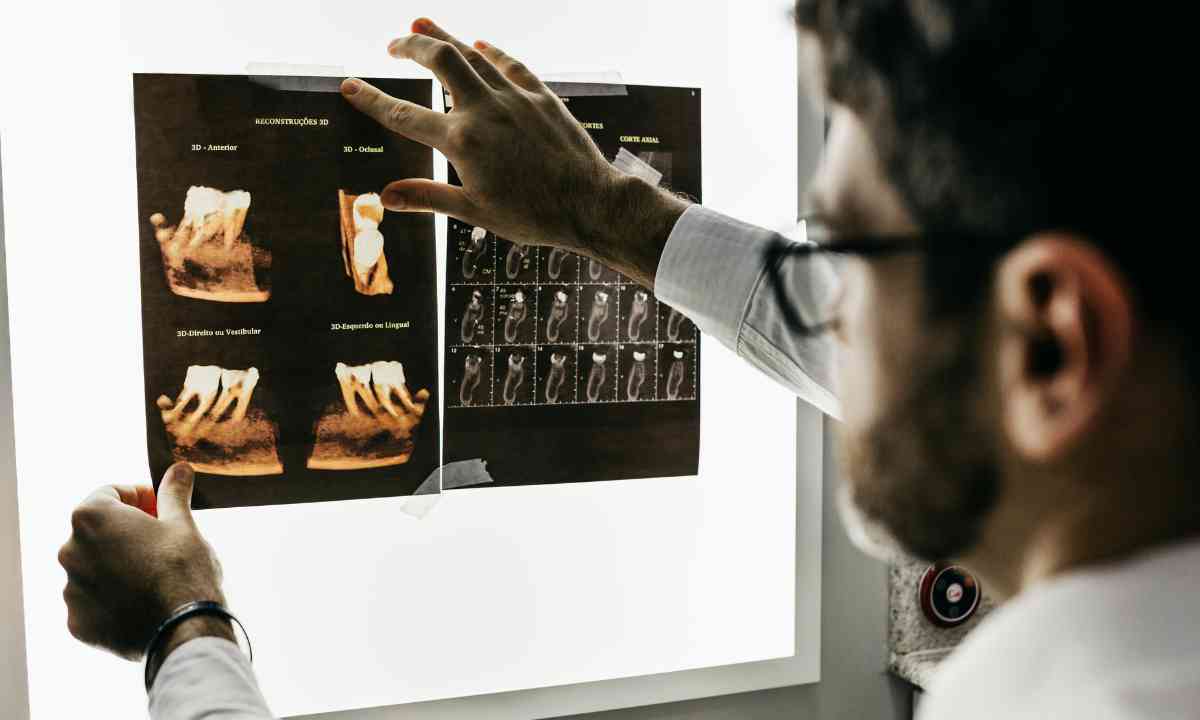The field of X-ray technology has witnessed remarkable progress in the digital era. Despite the challenges posed by the Covid-19 pandemic, the diagnostic imaging equipment market in India is expected to grow at a significant compound annual growth rate (CAGR) of 10.3% between 2023 and 2028. Similarly, the global medical X-ray market is projected to expand from $13.55 billion in 2022 to $20.12 billion by 2029, with a CAGR of 5.8%. These figures highlight the rapid growth and promising future of the X-ray industry.
Technological advancements, including artificial intelligence, machine learning, and the Internet of Things (IoT), have revolutionized diagnostic capabilities in healthcare and diagnostics. However, there is still ample room for improvement in radiation protection. The integration of innovative technologies like Mobile X-Ray holds great potential to enhance diagnoses and minimize side effects, ensuring the safety of patients and healthcare professionals, such as radiographers and radiologists.
To prioritise patient safety, healthcare providers must embrace highly advanced technology. Mobile X-rays, with their lightweight and portable design, offer accessible functions and a range of solutions for precise diagnostics and effective patient management. By adopting these cutting-edge technologies, medical technology providers can significantly contribute to enhancing safety measures and elevating healthcare standards.
_1684931155.png)
How Mobile X-rays are able to limit radiation dose?
Mobile X-rays are of great importance due to their ability to minimize the radiation dose delivered to patients. These advanced X-ray devices incorporate various technological features that enable them to emit the lowest possible amount of radiation, ensuring effective radiation protection.
1. High-frequency (HF) X-ray generator technology:
HF X-ray generators play a vital role in mobile X-ray systems by offering the advantage of limited radiation doses. These generators are designed to efficiently generate and control high-voltage power for driving the X-ray tube, all while maintaining user-friendliness. With their advanced capabilities, they produce high-quality images while minimizing radiation dose by up to 40% and ensuring optimal patient penetration. Equipped with convenient pre-configured settings, HF X-ray generators reduce the need for retakes and double exposures, resulting in improved patient throughput and a higher return on investment. Moreover, by increasing the pulse frequency to the high-tension supply, these generators can narrow the X-ray beam spectrum, potentially reducing patient radiation exposure. Consequently, HF X-ray generators not only deliver superior imaging quality but also prioritize the safety of patients.
2. Collimators:
Collimators play an integral role in both traditional and mobile X-ray machines, ensuring precise control over the direction and focus of X-ray beams during scans. Their primary purpose is to confine radiation exposure exclusively to specific areas of the patient's body, effectively minimizing any unnecessary exposure to surrounding tissues. Mobile X-ray machines, equipped with durable collimators, provide a dependable solution for minimizing radiation exposure to the lowest possible levels. The collimator system integrated into these portable devices offers a precise field of view, enhancing radiation safety during imaging procedures. This advanced feature empowers radiographers to effortlessly capture and interpret accurate diagnostic images, enabling precise and reliable diagnoses. By incorporating collimators as essential components of mobile X-ray machines, healthcare professionals can achieve optimal imaging outcomes while prioritizing the utmost safety for their patients.

3. Highly Sensitive Flat Panel Detector:
Cutting-edge Mobile X-ray machines are equipped with advanced flat panel detectors (FPDs) that exhibit exceptional sensitivity, resulting in high-quality, sharp, and clear images while maintaining low radiation levels. These modern FPDs surpass the performance of traditional detectors, providing enhanced imaging capabilities. Moreover, certain highly-sensitive FPDs incorporate innovative noise reduction circuits, further improving image quality. To maximize the benefits of these technologies, integration with ISS (Image Signal System) reading technology proves to be highly effective, ensuring optimal image interpretation and analysis. By combining highly sensitive FPDs with ISS system reading technology, Mobile X-ray machines deliver superior imaging outcomes with reduced radiation exposure.
4. Virtual Grid Software:
The cutting-edge image processing software technology used in Mobile X-ray machines effectively mitigates the effects of scattered radiation, enhancing image contrast and clarity. This innovative software eliminates the need for an anti-scatter grid and enables the rapid generation of high-quality images. As a result, patients benefit from reduced radiation exposure while experiencing superior image quality. This software innovation represents a novel approach, utilizing algorithm-based techniques instead of physical grids.
The rapid advancements in technology are transforming the X-ray imaging sector, offering a wide range of innovative solutions. These technologies have the potential to deliver precise results with minimal side effects. It is crucial for healthcare and diagnostic service providers to stay updated with the latest industry developments, enabling patients to fully benefit from the progress in medical technology.
© Copyright 2023. All Rights Reserved Powered by Vygr Media.






















